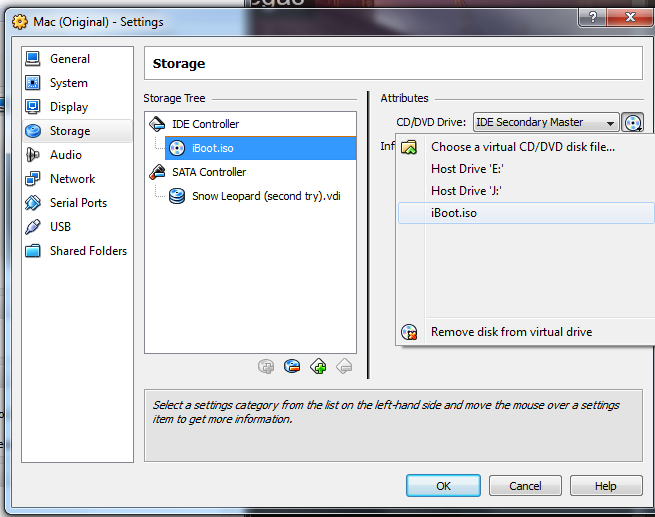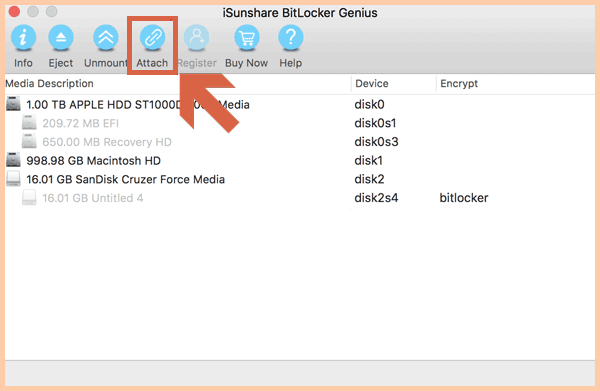
- #Where to get mac os x dmg files how to#
- #Where to get mac os x dmg files mac os#
- #Where to get mac os x dmg files install#
- #Where to get mac os x dmg files upgrade#
- #Where to get mac os x dmg files software#
This means a lot of daily and advanced tasks on Mac can be done via text commands such as creating bootable USB installer for Mac.
#Where to get mac os x dmg files mac os#
MacOS (formly named Mac OS X) is just a variant of popular Unix based operating system.
#Where to get mac os x dmg files how to#
Method 1: How to Create Bootable USB Installer for Mac via Commands
.png)
#Where to get mac os x dmg files software#
Here's how to do it from text commands and using a purpose-built software called WizDMG. To create a bootable macOS installation disk, you have to burn the DMG file to a USB drive as CD/DVD is not available for Mac computers. It can also help in situations where the operating system is corrupted or installation from app store shows errors.
#Where to get mac os x dmg files install#
Rather than download and install a new OS from Apple's servers each time, it can be used for multiple installations on different machines. If you are upgrading to a new version of Mac OS X, like the upcoming El Capitan, press Cmd+L at the installation screen and it will open the installation log so you know what’s exactly happening behind the scene.Learning how to create a bootable macOS installation disk can be helpful in a variety of situations. pkg files inside one of the sub folders that you copy to your other Mac systems via Airdrop. Click the “Show Download Folder” menu and it will open the location of the download folder inside Finder where the Mac apps are temporarily download. Now open the Mac App Store app and you’ll see a new Debug menu (see screenshot). To get started, open terminal on your Mac and run the following command to know where the App Store has downloaded the installer files:ĭefaults write ShowDebugMenu -bool true You can grab these Installer Package files and install the same Mac app on other machines without having to download it again thus saving data. pkg extension) and this will not reside in the Applications folder but in a separate hidden folder. Internally though, the App Store downloads the installer as a package file (with a. app files in your /Applications or /Users/username/Applications folder that you can easily copy to your other Mac machines. In the case of apps downloaded from the Mac App Store, you’ll find the. combo” will reveal the direct download links for the. The releases are available as incremental updates (containing only changed files) or combo updates (all changed files since the last major release).Ī simple Google search for “download mac ox x 10.10.


dmg files that you can download once and install on multiple machines. Go to the ~/Applications folder on your Mac, find the installer file and Option+Drag it to another folder like ~/Downloads to make a copy that will stay even after the machine is restarted.įor minor updates, like OS X 10.10.8 or 10.10.9 updates, Apple releases standalone installers as. To get around the problem, after the installer has downloaded, quit the installation routine and do not restart the machine.
#Where to get mac os x dmg files upgrade#
You download a 5 GB Mac OS X installer from the App Store, the machine restarts, your system is upgraded to Mac OS X Yosemite or El Capitan but wait, where has the installer disappeared? Your Mac, in a bid to save space, deletes the original installer automatically after the upgrade and thus you cannot reuse it on other machines. Install Mac OS X Updates on Multiple Macs The Apple website says that “Apps from the Mac App Store may be used on any Macs that you own or control for your personal use.” This is however easier said than done. It will not just take too much time but you may end up consuming your monthly download bandwidth.Ī simple and obvious workaround to the problem is that you download the installer files on one Mac machine and then transfer the downloaded apps to all your other systems through AirDrop or WiFi. The problem is compounded when you own multiple Mac computers and you need to upgrade them all to the latest OS X update.

The same is true for Mac apps like iMovie or Microsoft Office that have massive installers. Mac OS X updates are huge with the installation files running into several gigabytes.


 0 kommentar(er)
0 kommentar(er)
